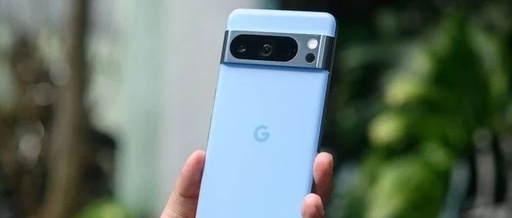As we all know, “generative AI” has become one of the most well-known selling points in the smartphone industry today.
No matter the price segment, smartphones typically promote their integration of “generative AI” features. Some of these features manifest as conversational “voice agents” that can naturally and smoothly interact with users and generate various suggestions, while others serve as “creative assistants” that can automatically summarize articles, edit text, or stitch photos into videos.
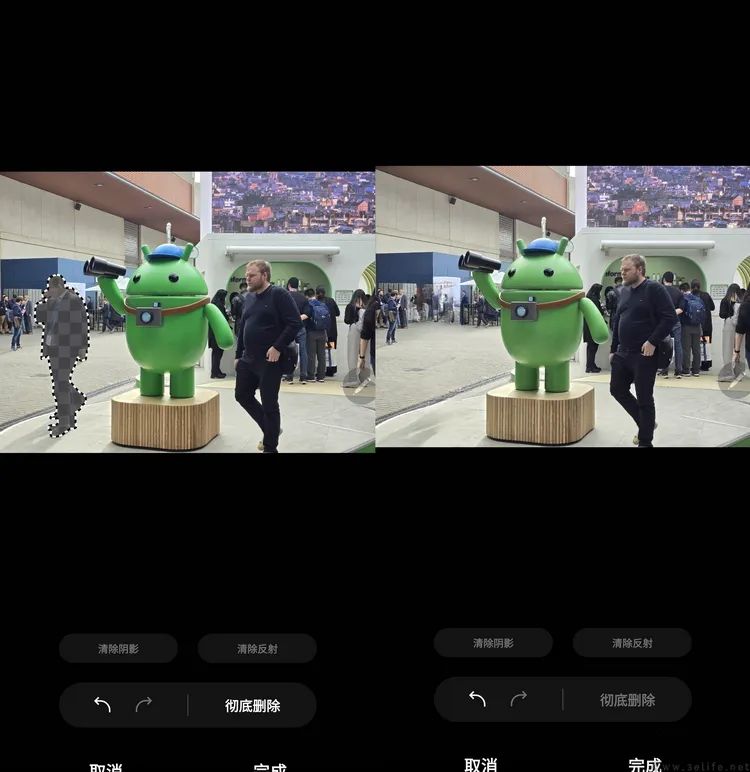
Of course, the most impressive features of smartphone generative AI might be the “AI removal” and “AI photo editing” functions. Even consumers who have no understanding of professional photo editing techniques can easily eliminate flaws in photos with simple selections, achieving results that are almost equivalent to “re-taking” the photos with the help of generative AI.
However, an objective fact exists today: at least for current smartphones, the computational power required for features like “generative AI photo editing,” “generative text summarization,” and “generative knowledge base Q&A” significantly exceeds their performance levels. This means that, at this stage, regardless of the smartphone manufacturer or model, the “generative AI” features they carry almost entirely rely on cloud computing power and large models running on cloud servers.
This naturally raises the question: whose solutions will these cloud-based generative AI features on smartphones utilize?
-
Third-party AI is essential for the smartphone industry
Some may ask, what’s the big deal? Don’t all smartphones use their own cloud computing power and algorithms?
This is not necessarily the case. On one hand, the smartphone market today is not just dominated by a few well-known leading brands; there are actually many second- and third-tier manufacturers. While their sales may not be particularly low and their product positioning is not necessarily extremely “non-mainstream,” these manufacturers cannot completely ignore the trend of “generative AI,” yet they lack the corresponding technology to implement it themselves.
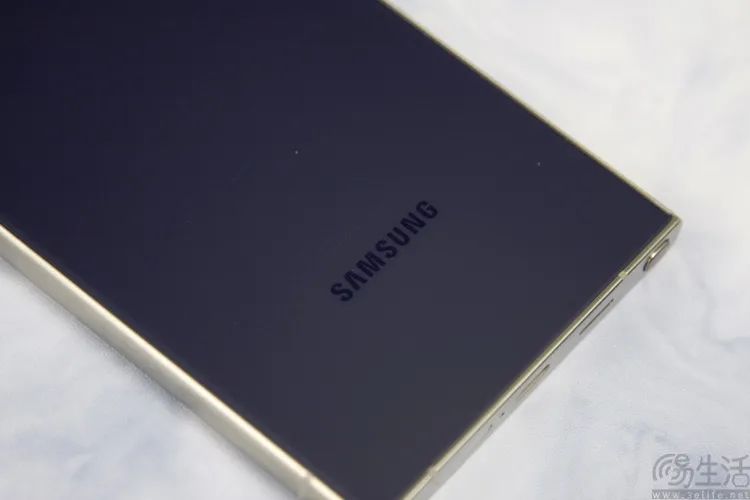
On the other hand, some international giants are also forced to seek to build their own servers domestically or find simpler solutions, which means directly cooperating with domestic manufacturers to borrow their algorithms and computing power, forming their own “special edition” AI applications.
For example, some may know that the generative AI features of Samsung phones in overseas markets are the result of their collaboration with Google. In fact, some AI features on overseas Samsung phones are even more advanced and feature-rich than those on Google’s own devices.
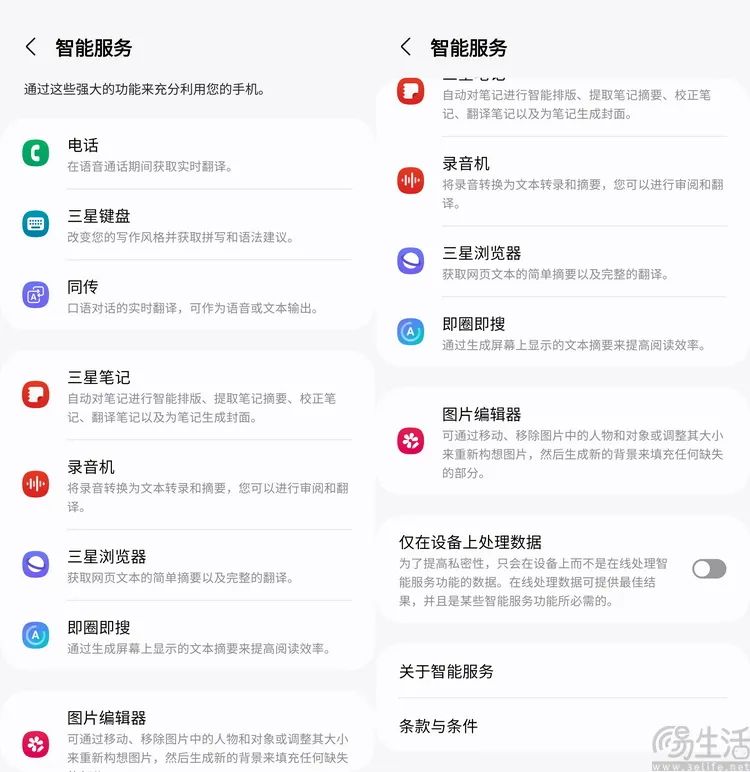
However, it is evident that the AI technology system of “overseas Samsung” cannot be directly applied to domestic products. As a result, the domestic version retains Samsung’s own AI computing framework but turns to use technologies from domestic software companies like Baidu, WPS, and Meitu Xiuxiu to complete the generative AI functions similar to those overseas.
-
Registering trademarks for photo editing AI, Google also can’t resist temptation
Interestingly, speaking of Google, they seem to have started to pay attention to their own “generative AI” features. Recently, it was reported that Google registered a trademark named “RealFill,” which refers to their self-developed generative photo restoration algorithm (and functionality).
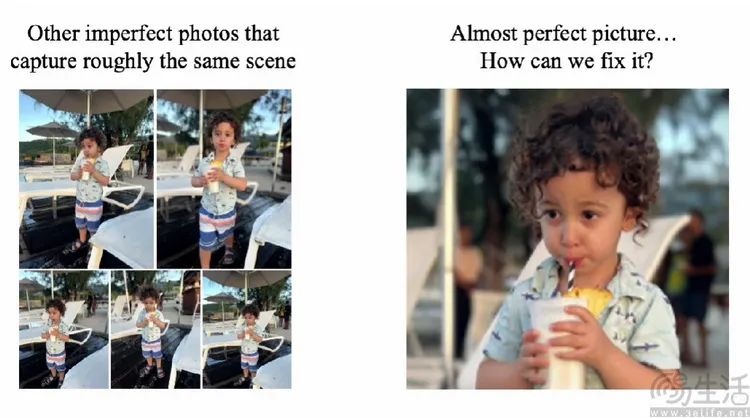
According to related patents, RealFill can use multiple photos taken from different angles and compositions to generate a reasonably composed and clearly focused “perfect photo.” It is clearly suited for those who love taking photos but lack technical skills, often taking many shots but unable to pick out a good one.
However, the most interesting aspect of this is that Google has long been involved in smartphone imaging algorithms and had collaborated with some third-party smartphone manufacturers many years ago. At that time, Google did not raise the demand for “brand exposure,” and smartphone manufacturers did not need to let consumers know that they were using “Google Camera” or Google algorithms.

The imaging algorithms of the Pixel series had previously been used by other brands without any promotion
But now, at least regarding generative AI photo editing, Google has clearly started to pay attention to “brand image.” In other words, in the future, smartphone manufacturers that adopt this technology may need to display Google’s and “RealFill’s” brand logos in their software interfaces or at least during press releases.
-
AI has become a trend in the software industry, but the “window period” may not last long
So what does all this mean? Simply put, generative AI on smartphones, regardless of its actual technical level, has already become a highly valuable promotional “trend.”
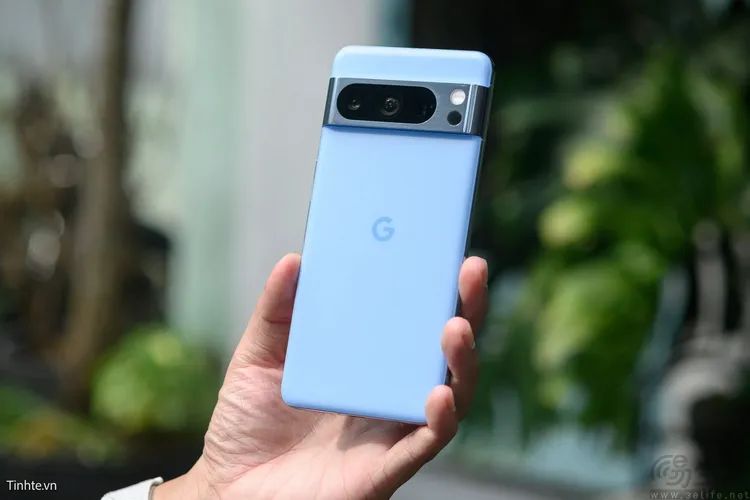
Especially in the current context, on one hand, smartphone manufacturers cannot all develop their own algorithms and build their own computing power. On the other hand, since most current smartphone-side generative AI functions are concentrated in search, Q&A, text processing, and image editing, this naturally makes those software companies that already have corresponding technological accumulation suddenly become the “hot cake” in the industry.
Of course, from another perspective, for those software companies that currently hold technology and computing power, this may very well be their “last chance.” Because if they do not establish their technical standards and product images now (as Google intends to do), then in a few years, once smartphone performance evolves to truly enable complete on-device AI and eliminates the need for cloud computing power, software and algorithm providers may once again lose their potential customers and revert to the “transparent” state of previous years.
【The images in this article are from the internet】
Recommended Reading:
Internal Testing of “Merchant Fan Groups,” Ele.me is also getting into private domain traffic
Now, under pressure from competitors, Ele.me can only choose to give concessions.
Pinduoduo “Goes Against the Trend” and Chooses to Continue Promoting Branding
Although stepping out of the comfort zone is not easy, Pinduoduo’s self-reform clearly cannot stop.
